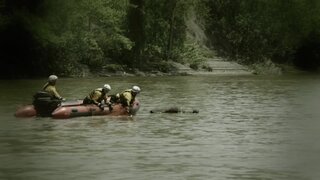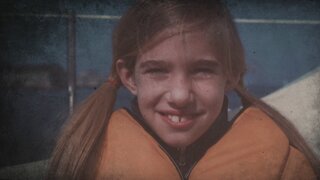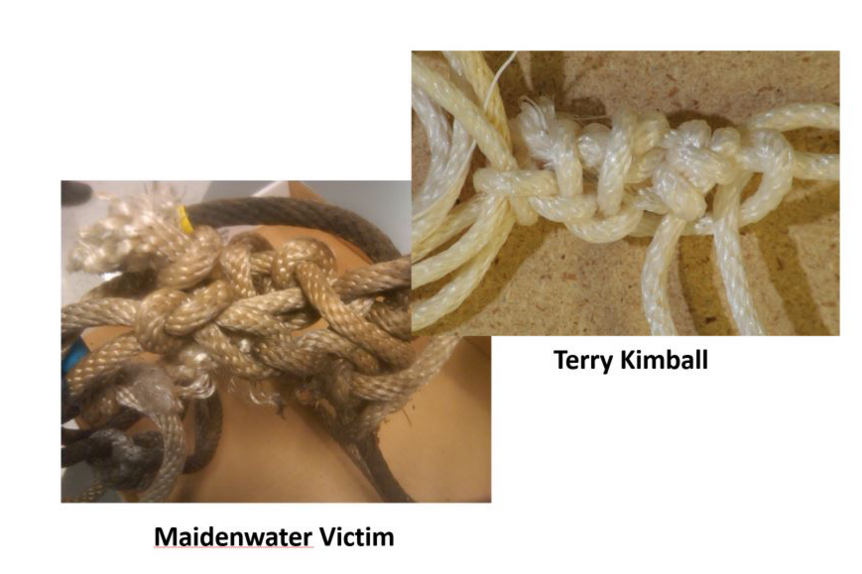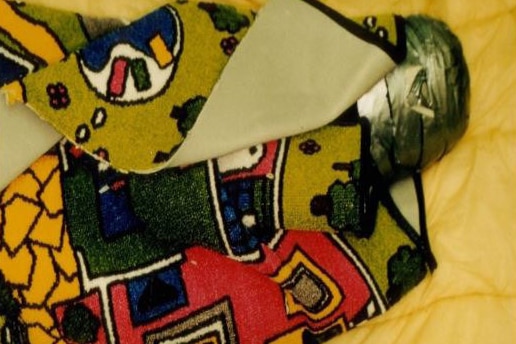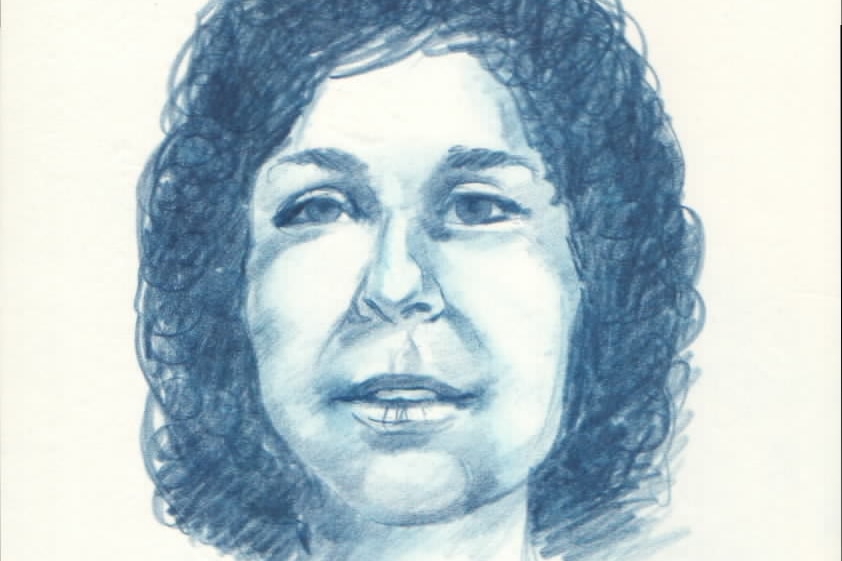Create a free profile to get unlimited access to exclusive videos, breaking news, sweepstakes, and more!
Utah Investigators Believe 1998 Cold Case Could Be Linked To FBI Informant-Turned-Convicted Serial Killer
The unidentified woman, who police call the "Maidenwater victim," was found wrapped in multiple layers at the side of the road in Utah 20 years ago.
Investigators are taking a new look at a murder they now believe could be linked to FBI informant-turned-confessed serial killer Scott Kimball.
Although she has never been identified, authorities believe details in her case bear several similarities to certain aspects of Kimball’s confirmed murders, and so they are asking the public for help to determine more clues.
“We want to see if there’s anything out there, any information, any leads. We need the help,” said State Bureau of Investigation Agent Brian Davis, as quoted by The Salt Lake Tribune. “She deserves justice.”
The woman's body was discovered in the Utah wilderness, nearly 40 miles outside of Lake Powell in a remote area, pictured below, on April 20, 1998. It had been intricately wrapped in multiple layers.
"The victim's body was covered with plastic bags, wrapped in duct tape, tied with a rope and placed inside a sleeping back before being wrapped in carpet," investigators said, in a statement from the Utah Department of Public Safety.
The woman, who is known by police as "Jane Doe" or the "Maidenwater" victim since she was never identified, was believed to be between 37 and 45 years old at the time of her death and was described as being 5 feet tall, 112 pounds with wavy, shoulder-length brown hair and brown eyes.
Based on DNA results, the woman is believed to be of Native American or Hispanic descent.
The woman also had several identifying features, including tattooed eyebrows, facial freckles, multiple dental restorations and a small dark mole on her upper lip, according to a 1998 press release.
When her body was discovered, the ends of her thumbs and all of her fingers were cut off, the Tribune reports.
While little else is known about the victim or her final days, investigators said her murder is reminiscent of some killings by Kimball, who was known to regularly travel through Utah.
Most notably, the body was found with a unique set of knots tied into a rope that resemble the knots Kimball used in the the murder of his uncle, Terry Kimball (see below).
Kimball, a Colorado native, was convicted of killing his uncle along with three woman—but it is believed that he may have killed as many as 25.
Kimball, who was working as an FBI informant at the time of his misdeeds, is serving a 70 year prison sentence for the murders of Jennifer Marcum, 25, LeAnn Emry, 24 and Kaysi McLeod, 19.
Kimball would go on to marry McLeod's mother, Lori, shortly after the teen went missing in 2003, according to the Denver Post.
Another potential clue linking Kimball to the Maidenwater murder is the child's carpet—complete with roads and houses—the victim was found wrapped in by the side of the road.
Kimball's son has told investigators he had a carpet just like the one the victim was found in, pictured below, when he was 5, which would have been in 1998—the same year the body was found, investigators said.
Even Kimball himself has indicated his potential involvement in the death during a possible plea deal that would have required him to confess to more murders.
Investigators asked him to look at photos of several homicide victims and indicate which ones he may have been connected to. Kimball responded by placing a question mark in the deaths he may be responsible for; he made a mark on the photo of the Maidenwater victim, Davis told the Tribune.
However, when negotiations fell apart, so did investigators chances of finding out more information from Kimball.
"We don't have enough to charge him," Davis told KUTV.
They hope the new push for information will lead to more evidence that could implicate Kimball, or another suspect, and provide justice for the victim.
As part of the new effort, authorities have released photos of the crime scene, photos of evidence recovered during the investigation and a photo of the victim herself.
“We work until we hit dead ends,” Davis told the Tribune. “And we’ll keep working as long as we need to get answers.”
[Photos: Utah Department of Public Safety]


